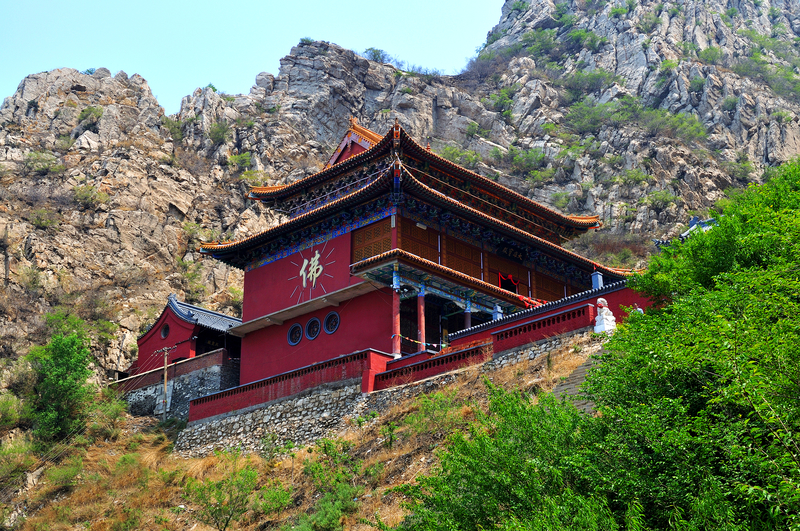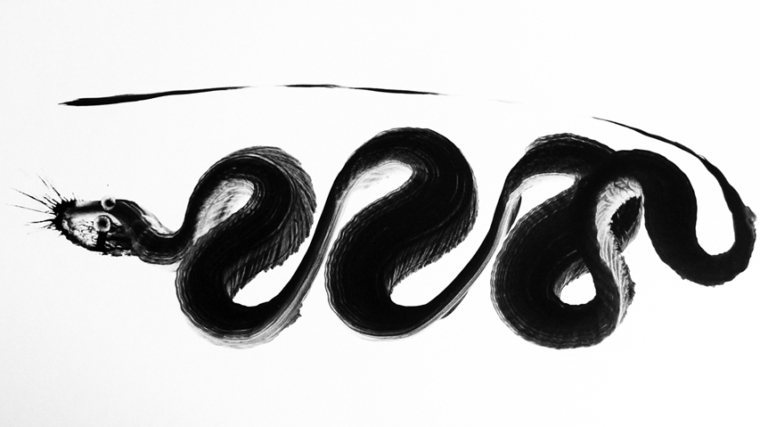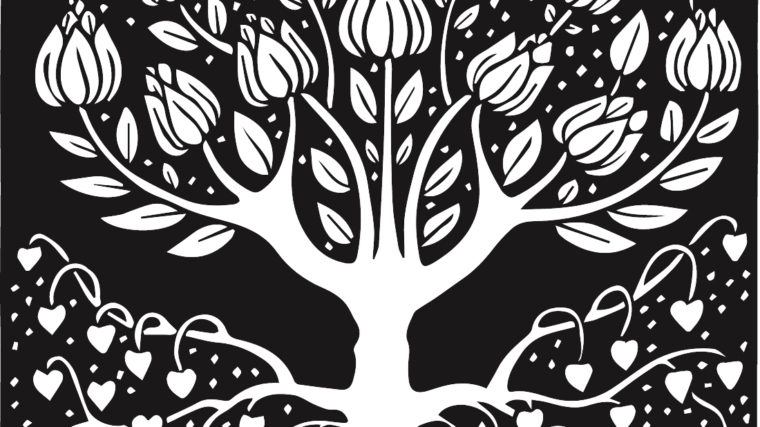Blue Cliff Record, Case 9
A monk asked Chao-chou, “What is Chao-chou?”
Chao-chou replied, “East Gate, west gate, south gate, north gate.”
From EK 9.21
A monk asked Chao-chou, “What is Chao-chou?”
Chao-chou said, “East gate, south gate, west gate, north gate.”
The monk said, “That is not what I asked.”
Chao-chou said, “Didn’t you ask about Chao-chou?”
Dogen’s Poem:
Chao-chou once received a monk’s inquiry,
And for him mentioned east, west, south, north gates.
The four points lined up seem to make Chao-chou.
The great doubt; where can we find the original source?
Reflections
The following lines came to me while I was reflecting upon this koan as a whole.
- The question is where the answer is.
- The answer is where the question is.
- The student is in the teacher
- The teacher is in the student.
Now about the gates …
For those unfamiliar with Chan custom in Tang China during the seventh through tenth centuries, Sometimes, when a zen master would settle and build a monastery on or near a mountain, he would then be known by the name of the mountain. A few of the people we meet in the koans are known by these mountain names. For instance, you all know the name Nanquan. He was the teacher of Chao-chou and of course infamous for maybe cutting a cat in two. His real name was Puyuan but after receiving transmission from Mazu he built himself a hermitage on Mount Nanquan and therefore, his name. I used to think that this was exclusively the case. But I found that there are no mountains for Mazu, or Dongshan, or Linchi, and many others. They just kept on with their ordinary names.
But back to the Tang and our koan; in some cases, it wasn’t a mountain but a city. For instance our old buddha Chao-chou’s real name was Congshen. The name of the monastery he inherited was named Kuanyin. And the name of the nearest city was named Chao-chou. And Congshen became known by the name of this city.
Like all cities in those times, they were protected by high stone walls around them and usually had doors at the compass points. So, the monk’s question could be a smartass question and Chao-chou’s response could have out-smart-assed the monk. But beyond this wordplay between Chao-chou and the monk my question is, are the gates of Chao-chou open or are they closed?
If closed, where and how can the student find entrance into the city? Into the teacher? Into the teaching? Listen to the verse commenting on this koan:
In their words they show their ability in direct confrontation:
The Adamantine Eye is completely void of dust.
East, West, South, North—the gates face eachother;
An endless series of hammer blows can’t smash them open.
As you heard, the verse, written by Hsueh Tou, one of the compilers of the Blue Cliff Record, says that the gates are sealed shut and cannot be smashed open. But what evidence does he have to support this interpretation? I see none.
Sekida, in his commentary says Chao-chou sees through the monk’s plot. What monk’s plot? To see if Chao-chou can make an ambiguous response to an ambiguous question? Big deal this plot.
Chao-chou ignores the ambiguity and comes up with four gates. But contrary to the commentary of all and sundry including the mighty Hakuin and Tenkei, Chao-chou does not say whether the gates are open or shut!
And then there is the great metaphor: The Gateless Gate. The gate which is shut, sealed tight, within you and prevents you from entering. What is that gate? You name it. It is different in different people. For some it is pride. For some arrogance. For some ignorance. For some fear. For some impatience. For some anger. For some laziness. It could be a straw or a mountain. And then there are those like the smartass monk in this koan. But in all cases it’s a sealed gate. And your hangups, pride, anger, fear, ignorance, laziness, or just plain, smartass prevents you from entering. From engaging.
So what is Chao-chou saying? He says four gates. Apparently they are on opposite sides of the city. North and South. East and West. And probably the gates are closed at some times, like during the nights or other special times of the day. And open at other times.
I would say the gates of Chao-chou, the zen master, are open to whoever wants to study and work with him. But closed to those who don’t or who try to smartass their way in, like this monk. But Chao-chou himself doesn’t shut the gates. The monk does that with his question. If a teacher is true, then his gates are always open. The true teacher invites whoever knocks on her door. The true teacher daily vows to teach the dharma to whoever asks for it. But in order for teaching to happen a true student is necessary. And the student must come with an empty head. In some cases that won’t be difficult. The usual problem is that students come with their heads crammed full with all sorts of twisted knots. This is what I call a fathead! This is what prompted Linchi to say that he doesn’t teach he just unties knots.
The knots in the head and in the heart prevent the gateless gates within your heart from opening.
The student comes with a willingness to begin the process of untying the knots. And so I do koan study with him. I have found koan study to be an effective tool to untie knots. But it takes time. Sometimes, it takes hundreds of koans. And sometimes, there is still a stubborn knot which won’t be untied. This is very difficult. Sometimes it doesn’t work. But most times it does. When you tighten up the knot usually tightens. When you loosen the knot may loosen. And maybe there’s a chance to untie it.The question is where the answer is.
The answer is where the question is.
- The student is in the teacher
- The teacher is in the student.
A monk asked Chao-chou, “What is Chao-chou?”
Chao-chou replied, “East Gate, west gate, south gate, north gate.”



